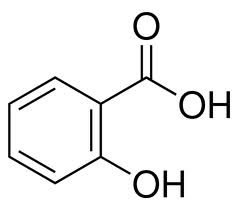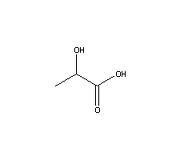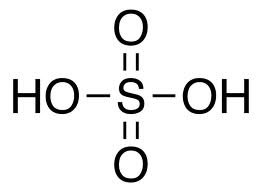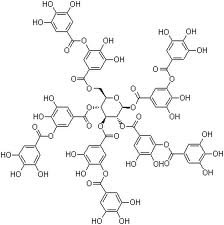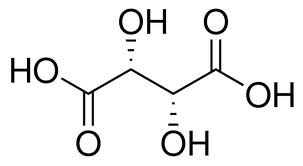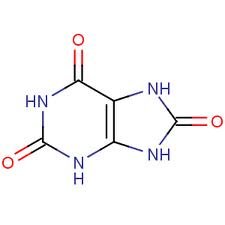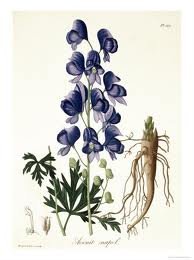Showing 37–45 of 1312 results
-
Acidum salicylicum
Salicylic Acid
The symptoms point to its use in rheumatism, dyspepsia, and Meniere’s disease. Prostration after influenza; also tinnitus aurium and deafness. Hæmaturia.
-
Acidum sarcolacticum
(SARCOLACTIC ACID)
Is apparently formed in muscle tissue during the stage of muscle exhaustion. Differs from ordinary Lactic acid in its relation to polarized light. It represents a much broader and more profoundly acting drug and its pathogenesis is quite dissimilar from the normal acid. Proved by Wm. B. Griggs, M. D, who found it of great value in the most violent form ofEpidemic influenza, especially with violent and retching and greatest prostration, when Arsenic had failed. Spinal neurasthenia, muscular weakness, dyspnœa with myocardial weakness.
-
Acidum sulphuricum
Sulphuric Acid
The “debility” common to acids shows itself here, especially in the digestive tract, giving a very relaxed feeling in the stomach, with craving for stimulants. Tremor and weakness; everything must be done in a hurry. Hot flushes, followed by perspiration, with trembling. Tendency to gangrene following mechanical injuries. Writer’s cramp. Lead poisoning. Gastralgia and hypochlorrhydria. Purpura hæmorrhagia.
-
Acidum sulphurosum
Sulphurous Acid; H2 S O3
Sulphurous acid, (tonsillitis (as a spray), acne rosacea, ulcerative stomatitis, pityriasis versicolor).
-
Acidum tannicum
Tannin – Digallic Acid
(TANNIC ACID)Mostly used locally against excessive secretion of mucous membranes, to contract tissue and check hæmorrhage. In Osmidrosis, corrects fetor of the perspiration. Obstinate nervous coughs. Hæmaturia. Obstinate constipation. Pain in abdomen, sensitive to pressure. Intestines can be felt like cylindrical enlargements. One-half per cent solution.
-
Acidum tartaricum
Tartaric Acid
Found in grapes, pineapple, sorrel and other fruits. It is an antiscorbutic antiseptic, stimulating the mucous and salivary secretions.
-
-
-
Aconitum napellus
Monkshood
A state of fear, anxiety; anguish of mind and body. Physical and mental restlessness, fright, is the most characteristic manifestation of Aconite. Acute, sudden, and violent invasion, with fever, call for it. Does not want to be touched. Sudden and great sinking of strength. Complaints and tension caused by exposure to dry, cold weather, draught of cold air, checked perspiration, also complaints from very hot weather, especially gastro-intestinal disturbances, etc. First remedy in inflammations, inflammatory fevers. Serous membranes and muscular tissues affected markedly. Burning in internal parts; tingling, coldness and numbness. Influenza. Tension of arteries; emotional and physical mental tension explain many symptoms. When prescribing Aconite remember Aconite causes only functional disturbance, no evidence that it can produce tissue change–its action is brief and shows no periodicity. Its sphere is in the beginning of an acute disease and not to be continued after pathological change comes. In Hyperæmia, congestion not after exudation has set in. Influenza (Influenzin)
